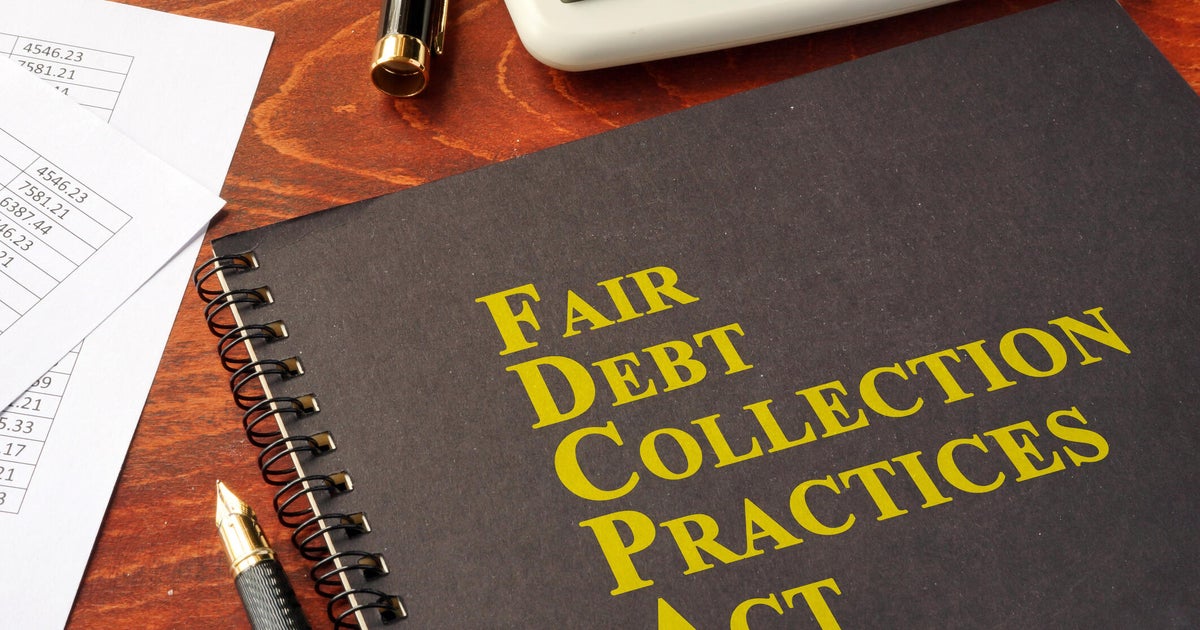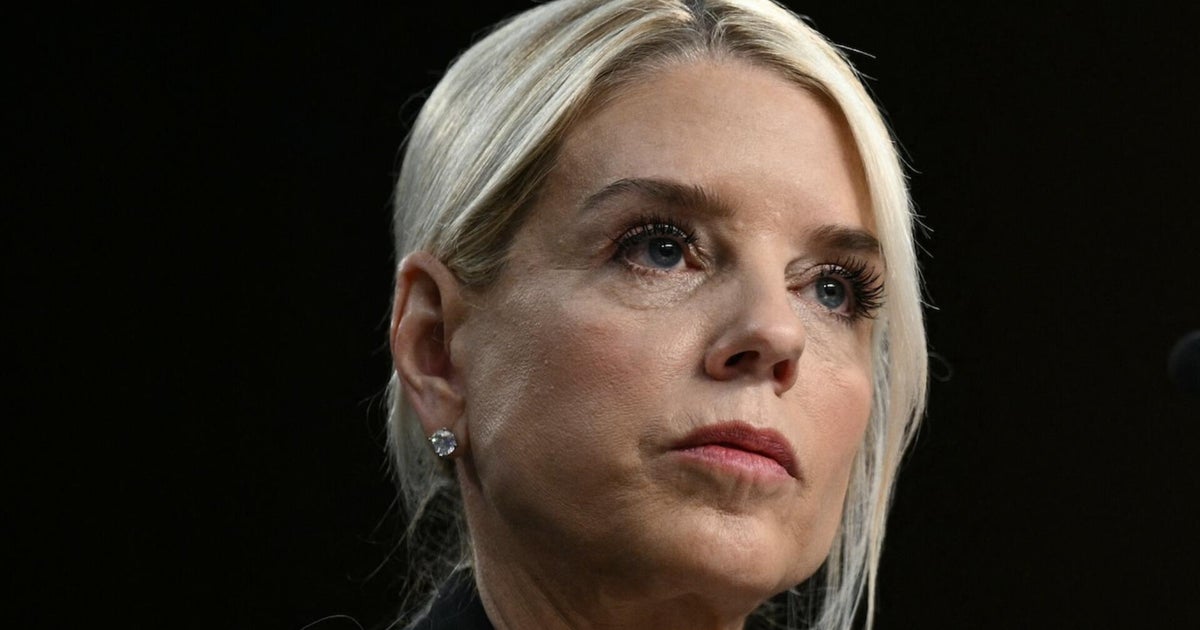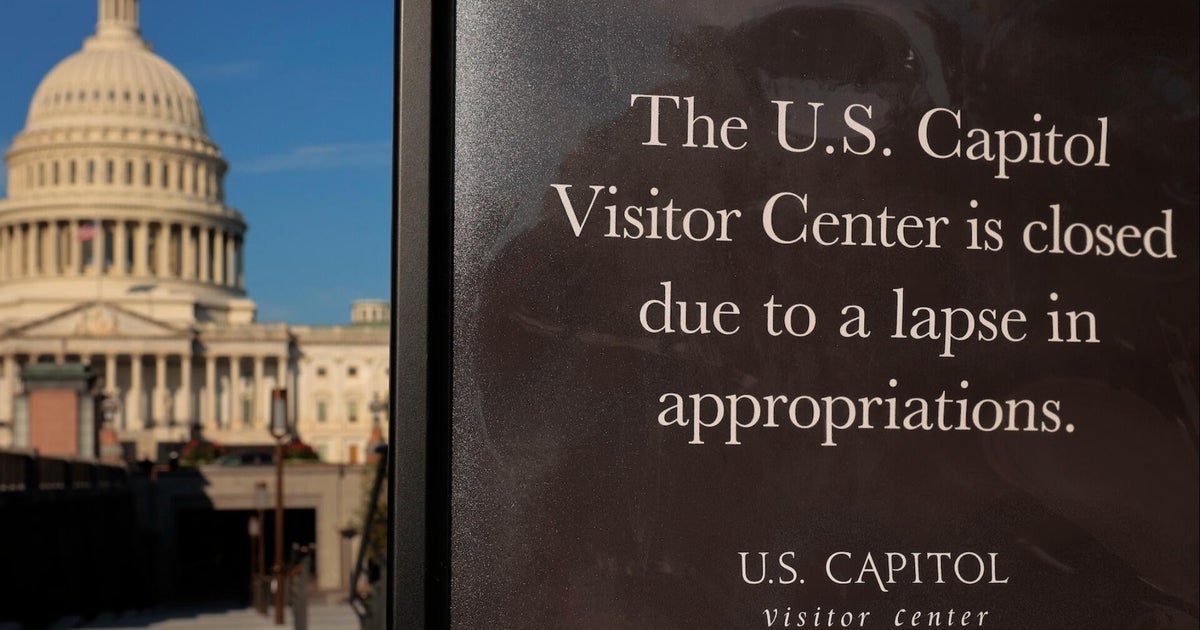“I can’t get sick of making [it], it makes us too much money,” King Clarence’s Khanh Nguyen said. Plus five lessons from the sold-out Good Food Symposium.
A single dish that earned its restaurant more than half a million dollars in a year underscored the significance of a well-written menu at the sold-out Good Food Symposium on Monday.
Head of Good Food Sarah Norris led a panel of five industry experts in a discussion of what works (and what doesn’t) when writing a restaurant, cafe or bakery menu during the cost-of-living crisis, when 30 per cent of diners are eating out less, according to consumer data.
Panellist Khanh Nguyen is the executive chef at two-hat Sydney CBD restaurant King Clarence. He revealed his signature dish, a $15 fish finger bao with salmon caviar inspired by the McDonald’s Filet-O-Fish, makes about $500,000 in annual revenue.
“I can’t get sick of making the bao; it makes us too much money,” Nguyen said.

A menu with consistency, rather than constant change, can also attract more customers. Nguyen referenced a conversation he had with René Redzepi, the chef behind renowned now-closed Copenhagen fine-dining restaurant Noma, who publicly spoke about switching to seasonal menus in 2018 because a daily menu became unsustainable.
“For restaurants, it’s about giving diners what they want,” Nguyen said. “If you took [a popular dish] off the menu, there’d be a lot of people who would come in for that certain dish, and they’d be disappointed.”
And, critically, they might not stay as long. The average restaurant wants diners to stay (and spend) longer, said fellow panellist Phil Wood, chef-owner of two-hatted Paddington restaurant Ursula’s and Cafe Cressida in Woollahra. The opposite is true for cafe owners – fast turnover is their priority.

“If you’re getting everything right, [restaurant diners] will be having a snack, an entree, a main and a dessert, and hopefully a drink with every course,” Wood said. “We’re trying to get people to slow down, because the more time they spend, the more money they spend.”
Along with panellists Nguyen and Wood, the third Sydney Symposium, presented by Lightspeed, featured Rowan Attwell, owner and head baker at Bobo Bakery in Kingsford; Sophie McComas-Williams, creative strategist and co-founder of hospitality branding agency Buffet; and Pete Learmonth, product manager at point-of-sale platform Lightspeed. Here are some more takeaways from the conversation.

Prioritise balance
Wood, a former winner of The Sydney Morning Herald Good Food Guide Young Chef of the Year, learnt menu development working at restaurants such as Thomas Keller’s three Michelin-starred Napa restaurant The French Laundry and Sydney steak restaurant Rockpool Bar & Grill when it was helmed by Neil Perry.
He said chefs must aim to balance their menu across three key areas: customer appeal, cost and labour.

“A restaurant is a democratic place, and you never know who is going to come in on a given night … so you need a menu that people can order comfortably from, whether they’re 60 years old or 20 years old,” Wood said.
Then comes the balance of costs – calculating the cost of each dish to ensure it meets the minimum spend per head needed to ensure profitability. Finally, there needs to be a balance of labour. Too many labour-intensive dishes, and the restaurant will buckle under the pressure during a busy service. Too many simple dishes, and people will lose interest, Wood said.

Respond to feedback
Attwell, who has developed a strong social media following, operates Bobo Bakery’s weekly market stall at Paddington and Bondi, where she sells more than 1000 cinnamon scrolls each weekend. But that wasn’t always the case – Bobo Bakery began as Bobo Brownies, specialising in brownies and cookies. Scrolls were introduced to the menu last year, in response to morning market-goers seeking “breakfast” options.
“I put nine [scrolls] out one morning, and they sold out within the first hour,” Attwell said. “We listened to feedback and increased the number of flavours, so now people have gone from buying one to buying four, and it’s grown from there.”

And when regulars complain, restaurants should listen, said Wood: “They know and love your restaurant … and if we listen to them, they will come for their birthdays, their anniversaries and everything. Their feedback is everything.”
Learmonth said AI can be an effective tool to analyse feedback from online sources.
“It can go through reviews on reservations platforms, Google, [identifying recurring criticism] without you having to scroll through those reviews yourself, taking the emotional aspect out of it.”

Tell a story
Since launching Buffet in 2017, McComas-Williams has watched social media become saturated with hospitality businesses competing for the ever-diminishing attention spans of consumers.
She said restaurants stand out when they’re able to use their dishes to tell a story: “For many people, socials have replaced TV, and what do you want to watch on TV? You don’t want ads; you want your favourite shows.”
Episodic video content works well, she said, as does vulnerability, originality and behind-the-scenes footage. A recent example at Brisbane restaurant Agnes featured an iron from a coal fire pressed onto a meringue tart in a cloud of caramelised smoke – it was “a beautiful moment the diner doesn’t [usually] get to see” and attracted 2.5 million views.

Personalise trends
“The [dishes] that perform well are [dishes] people have never seen before,” said McComas-Williams.
But that doesn’t preclude chefs from taking inspiration from popular ingredients such as pistachios and shokupan, if they can work within the ethos of the restaurant.
At King Clarence, Nguyen trialled his own interpretation of Japanese honey butter toast after seeing it on social media: “We put in on the menu with Brillat-Savarin cheese and burnt honey ice cream … some people said it was their favourite dish.”
The Good Food Symposium is presented by Lightspeed, in conjunction with Good Food Events. For information about upcoming events, click here.
Restaurant reviews, news and the hottest openings served to your inbox.
Bianca Hrovat – Bianca is Good Food’s Sydney eating out and restaurant editor.



















































